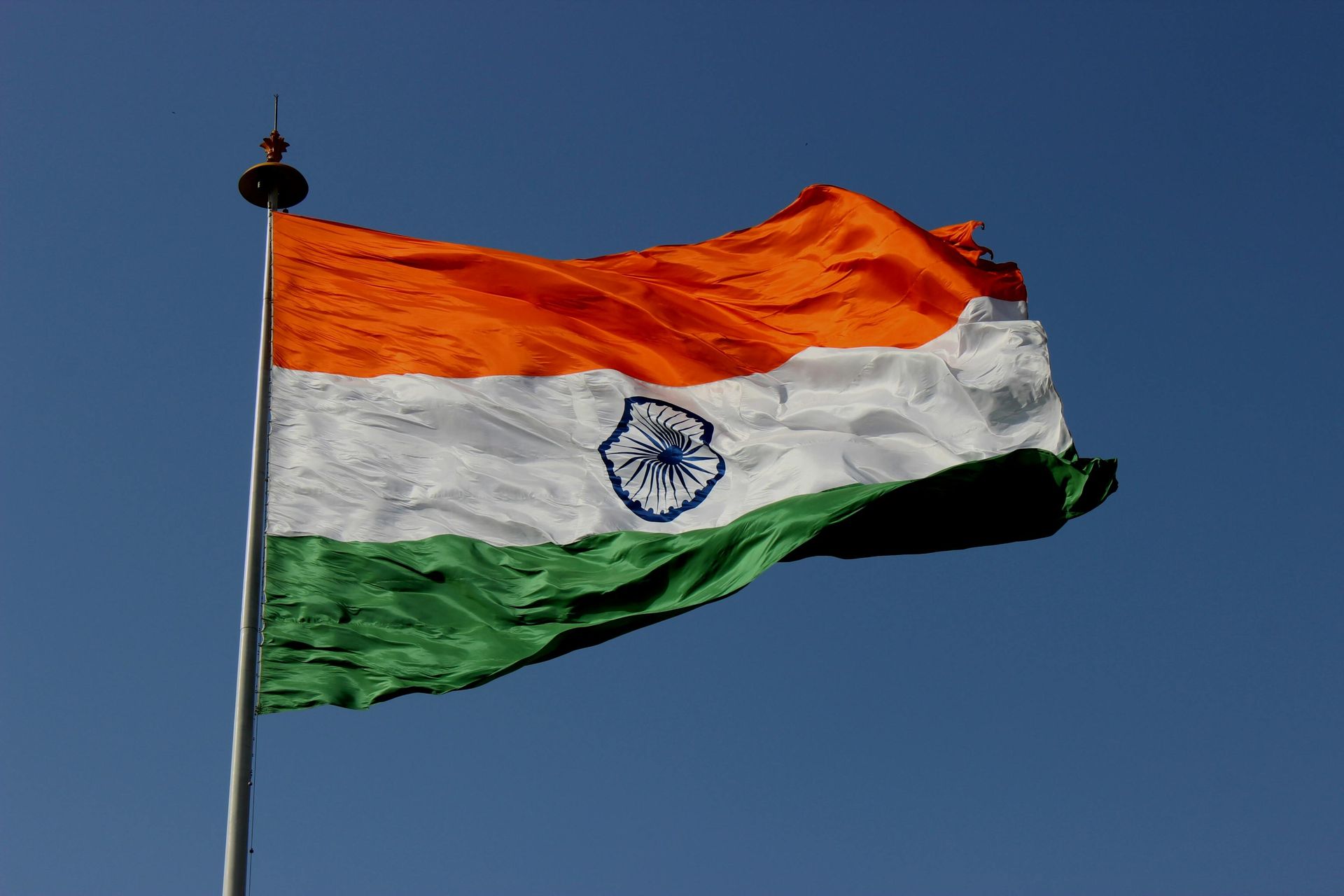Five Ways Puriflex Differentiates Floor Coverings & Carpets
rajeev • February 24, 2021
Puriflex Anti Microbial Yarn from Beekaylon
Beekaylon’s innovation in antimicrobial yarns with infused AM++ ions.
Microbes or microorganisms are all around us. The most common ones are bacteria, fungi and virus. Under conducive conditions of humidity and temperature, microbes can multiply quickly causing foul odour, discolouration / stains and can be cause of illness. Antimicrobials can be successfully used to control the growth of certain types of microbes. Consumers today are recognising the need for freshness in textiles and floor coverings at home and commercial establishments and are demanding products with improved aesthetics and freshness with microbial resistance.
Microbes Build Up Over Time
Carpets may trap pollutants like dust mites, animal fur, cockroach allergens, particle pollution, lead, mould spores, pesticides & dirt. Toxic gases in the air can stick to small particles that settle into carpets.
Viruses tend to remain infectious for about twice as long on non-porous surfaces as compared to porous surfaces. Because carpets and upholstery are considered porous surfaces — just like clothing, wood and similar materials — they’re less supportive to viruses than non-porous ones.
Anti Microbial Efficacy >99%
Beekaylon’s innovation in antimicrobial yarns with infused AM++ ions. Protection & Freshness for everyone to cherish all beautiful moments of life. These ions are infused permanently in the polymer during spinning which inherently provides an antimicrobial effect which remains effective even after extensive washes and usage. It’s a result of intensive in-house research and development where additives are fixed permanently on the surface and do not migrate during usage, hence making the yarn skin and eco-friendly. It's safe & convenient to use with ever lasting freshness for all its applications.

5 Advantages of using Puriflex

Bulk Continuous Filament or BCF polyester yarns have become a key material for manufacturers of carpets, rugs, and upholstery. This guide explains what BCF polyester yarns are, why they are used in carpets and upholstery, what buyers should look for, and how sustainability, certifications, and emerging trends are shapi

In this episode of the Spinning Values podcast by Beekaylon Synthetics, hosted by Kartik, marketing expert, educator, and author Rushin Vadhani discusses crucial life lessons of resilience and self-belief that have shaped his career. The conversation explores his journey in the corporate sector, especially in marketing with companies like Aditya Birla Group and Reliance. Rushin also covers branding in the textile industry and the evolution of his career towards academia. His book 'Awesome I' emphasizes personal growth and overcoming challenges, offering valuable advice for young professionals. The podcast underscores themes of continuous learning, adapting to change, and connecting emotionally with one's audience. You can get the book here: https://amzn.in/d/4lkVJX8 https://www.flipkart.com/product/p/itme?pid=9789334331677 https://play.google.com/store/books/details/Rushin_H_Vadhani_Awesome_I_Inspire_the_real_you?id=In1-EQAAQBAJ

Flags are not just pieces of fabric. They are powerful symbols of identity, unity, and struggle. For nations, a flag represents everything its people have stood for — their dreams, their battles, and their future. As we prepare to celebrate Independence Day, it’s the perfect time to reflect on what the Indian flag truly means — beyond just its colors or where it’s hoisted. Across the world, flags have carried meaning for centuries. From ancient battlefields to Olympic podiums, a flag is a visual story of pride. Japan’s rising sun, South Africa’s rainbow design, or America’s stars and stripes — all these flags represent national journeys. So does ours. The Indian flag, known as the Tiranga, has a powerful history that many of us never got to read in detail. In 1906, the first unofficial Indian flag was hoisted in Kolkata. It had three horizontal stripes — green, yellow, and red — with symbols like the sun, crescent moon, and the phrase "Vande Mataram." In 1921, freedom fighter Pingali Venkayya designed a new version — red and green to represent Hindus and Muslims. Later, Gandhi suggested adding a white stripe to represent peace and all other communities. He also added the spinning wheel — the charkha — to symbolize self-reliance and India’s Swadeshi movement. Finally, on July 22, 1947, just before independence, the Constituent Assembly adopted the version of the national flag we know today. The spinning wheel was replaced by the Ashoka Chakra, a wheel with 24 spokes, representing justice, movement, and eternal progress.
